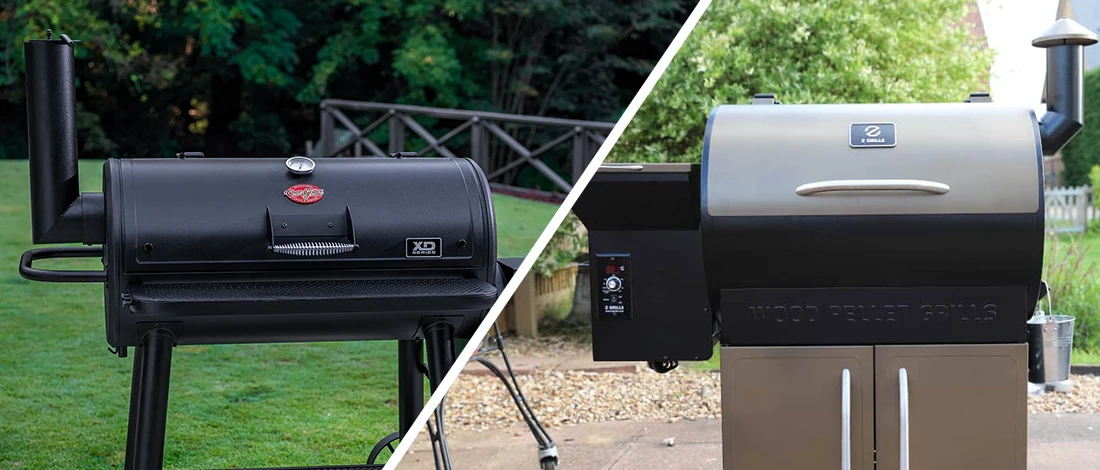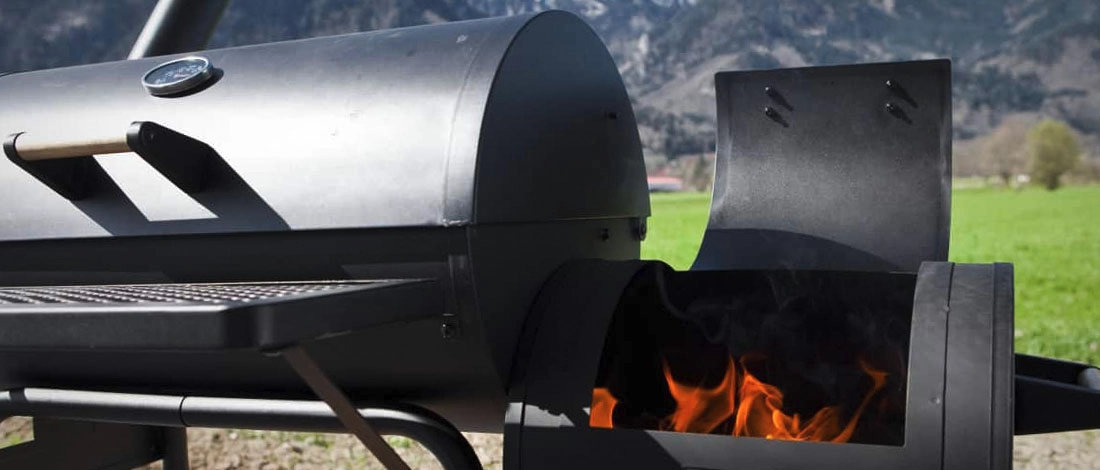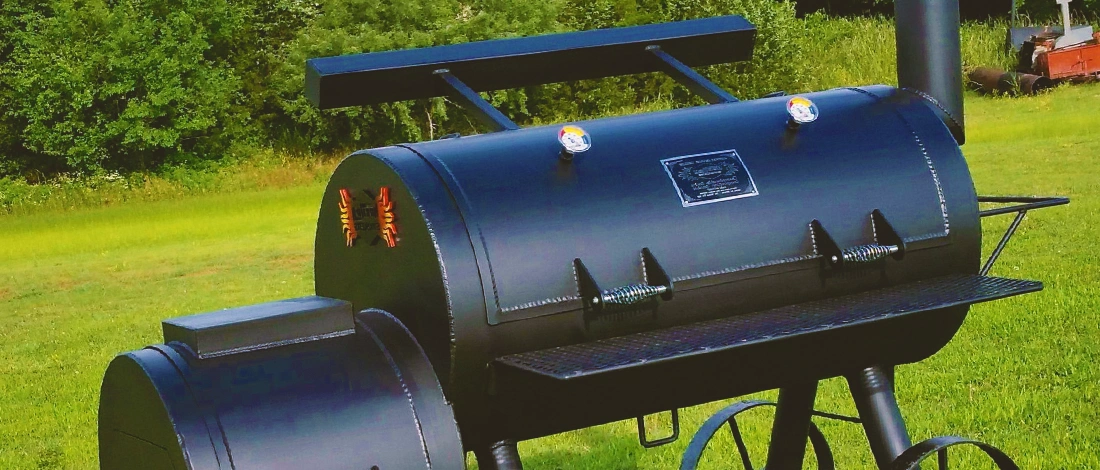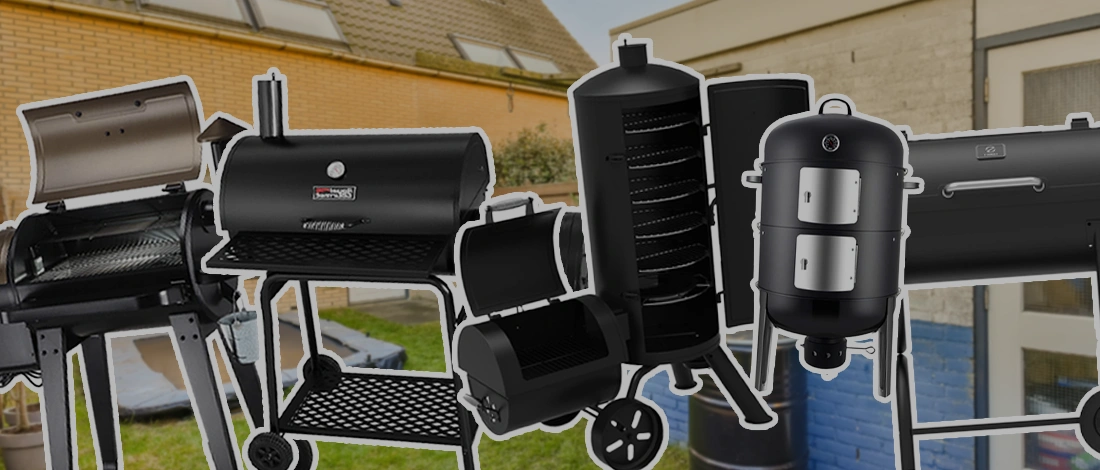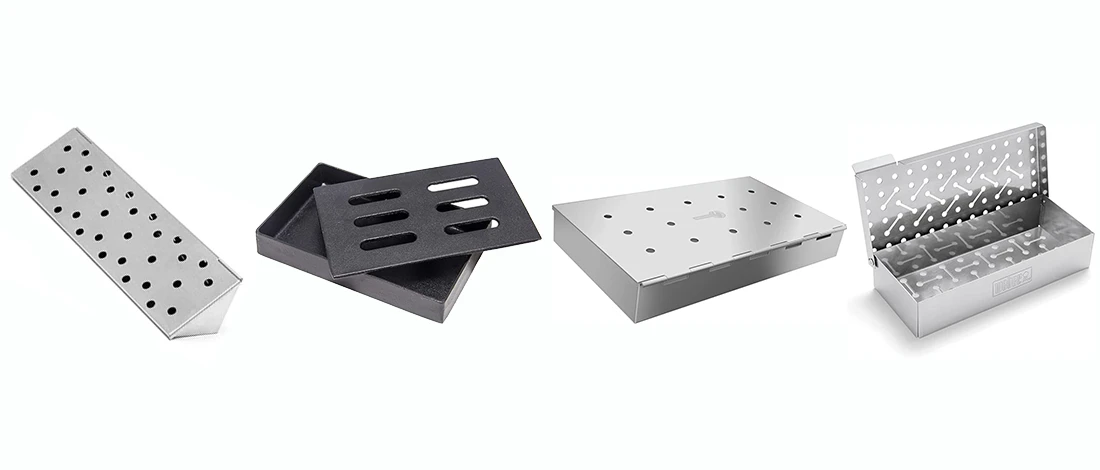There's no denying that the reverse flow and offset smokers are two remarkable machines.
I’ve personally used both smokers for extended periods in my long-term experience and dedication to the carnivore diet lifestyle.
So it’s safe to say that I know all the nitty-gritty about the two smokers. And today, I’ll be sharing the good and the ugly about each of them.
Quick Summary
- Reverse flow and offset smokers differ in temperature control, construction, heating time, temperature zones, start-up, smoke flavor, cooking styles, and ease of cleaning.
- Reverse flow smokers offer even smoke distribution and consistent cooking temperatures, but take longer to heat up and are harder to clean.
- Offset smokers allow for cooking at different temperatures simultaneously and are easier to clean, but require more skill and attention to maintain the right heat and smoke levels.
- To help you choose the best smoker for your taste and preference, we’ve compiled a list of the 10 best offset smokers on the market right now.
8 Differences Between Reverse Flow Smokers and Offset Smokers
Here are the most important differences between reverse flow smokers and offset smokers:
1. Temperature Control
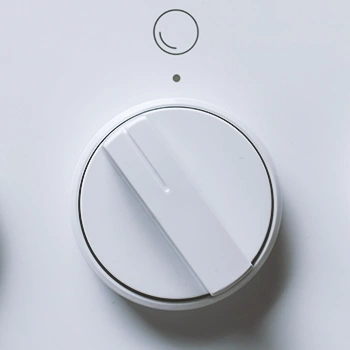
The main difference between a reverse flow smoker vs offset smoker is temperature control. Both have different ways of ignition and heat retention.
The goal here is to keep the cooking temperature as stable as possible for the meat to cook evenly.
For the reverse flow smoker, it's relatively easy to set the temperature. After lighting, you only need temperature adjustment to open and close the outtake and intake valves.
That's it. Most parts of the reverse flow smoker are 'set it and forget.
On the other hand, the traditional offset smoker needs more attention. You'll need to reduce your fire, adjust the stack damper and adjust the flow of smoke while you're cooking.
Adjusting the stack dumper is important for heat and smoke distribution.
2. Construction Difference (Flow of Smoke)
Both smokers have the cooking chamber door open, with the firebox having an opening that allows smoke and heat into the cooking chamber to prevent direct heat.
Now on the offset smoker, the vent opens into a cooking chamber. In a typical cooking scenario, smoke enters the cooking chamber, accumulates, and then leaves via another duct on the other end of the smoker.
On a reverse flow smoker, the firebox opens under the baffle plate, which runs underneath the cooking compartment.
Smoke enters and goes through the baffle plate before entering the cooking chamber. After accumulating into the cooking chamber, it goes out through the opposite end.
3. Heating Time
Another significant difference between the two is the time it takes the two to heat up. A reverse flow smoker takes longer to reach ideal internal temperatures. It can be attributed to circulation and heat rise supported by its design.
It may take longer to heat, but it retains heat longer than the horizontal offset smoker, which is designed for cooking with indirect heat for low and slow cooking.
4. Temperature Zones
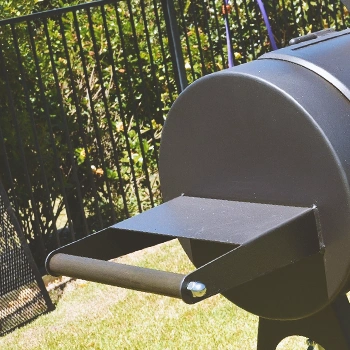
The reverse flow and offset smokers have unique smoke and heat distribution mechanisms in their chambers, thanks to their unique designs.
For the reverse flow offset smoker, its strongest advantage lies in its ability to keep the cooking temperatures consistent for a more uniform cooking environment.
Here is how it works; Heat from the cooking chamber radiates from the baffle plates below the cooking surface, creating constant heat in the chamber, thereby keeping your meat even.
On the other hand, a regular offset smoker has both cool and hot air zones, creating a patchwork temperature effect [1]. The cool and hot zones give you variety in cooking. You can put thicker cuts in the heat zones and the smaller and delicate meat in the cooler zones for effective smoking.
Now, most experienced grillers love the hot and cool feature that comes with the offset smoker because it takes more skill to smoke and grill. But at the end of the day, it all depends on your preference as the pitmaster.
5. Start-Up
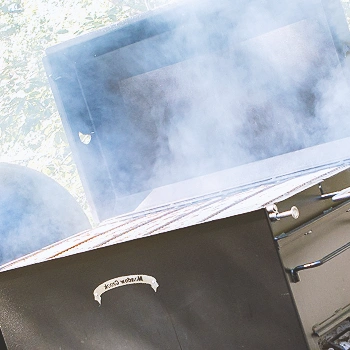
Regarding start-up, everything is pretty much the same as temperature control – the offset smoker needs more consistent attention than the reverse flow offset smokers.
There are two essential parts in the operation of any smoker– a hotbed of charcoal for heat and wood for the flavor.
In a reverse flow smoker, you only lay the coals and wood on top, and you're done. You don't necessarily need to check the heat often.
On the other hand, with traditional offset smoking, you're bound to get busy. First of all, the fire might take a while to start.
And when it starts, you must tend it consistently to ensure it emits the right amount of heat.
6. Smoke Flavor
During testing, our team of experts noticed a peculiar flavor from meat cooked on a reverse flow that wasn't there on an offset smoker. Most reviews don't note this difference.
They found that meat cooked on a reverse flow tends to get most of its flavor from the smoke.
The experts attribute this flavor to its design which lets the smoke flow slowly while inside the cooking chamber, thereby enhancing the flavor to a maximum
7. Cooking Styles
The cooking style is another aspect that differentiates the two. In reverse flow smoking, the meat cooks from the bottom to the top because of the heat emanating from the baffle plate.
On the flip side, meat is smoked top-down in a standard offset smoker.
There are no induction plates in place; hence heat rises to make the top of the smoker the hottest.
8. Ease of Cleaning

An aspect where horizontal offset smokers win is the clean-up part. The offset is far easier to clean up after use.
That's because there are no baffle plates that you need to clean up. Also, its design contributes to the ease of cleaning.
With the reverse flow smoker, the hard baffle plate is placed underneath the cooking surface.
That means you have the extra task of cleaning all the oil, grease, and meat shavings that have fallen on it while cooking.
Similarities Between Reverse Flow Smoker vs Offset Smoker
- All reverse smokers are offset because of the firebox but not all offset smokers have the reverse flow capability.
- Both smokers have a large footprint and are very heavy.
“Although reverse flow provides a more consistent cooking temperature, the offset smoker offers an excellent airflow for a clean burn.”
- Doug Stephens, Barbeque Enthusiast, Editor, Product Tester & Contributor at Grillbabygrill.com
The Pros of Offset and Reverse Flow Smokers

While both machines offer the same function of meat smoking, each machine has its strongholds, which I will list below:
Pros of Reverse Flow Smokers
- Reverse flow smokers offer even smoke distribution within the cooking chamber for enhanced meat flavor.
- The way reverse flow smokers work, they provide a more consistent cooking environment for consistent results
- They are also less prone to temperature spikes even after adding fuel
- They are built to prevent direct heat from overcooking parts of your meat that are closest to the fire.
- Cooking on a reverse flow smoker is easier, even for novice smokers because of the even heat distribution.
Pros of Offset Smokers
- A standard offset smoker has the unique ability to cook food requiring different cooking temperatures simultaneously.
- The ability to add fuel via the firebox with the offset smoker means you don't have to open the cooking chamber. Hence, no disrupting temperature or the flow of smoke.
- It is easier to run and you don't use a lot of fuel.
- The smoker is pretty versatile. Besides smoking meat, it can also grill.
The Cons of Offset and Reverse Flow Smokers

As much as they are great machines, they have their disadvantages. Below is a list of disadvantages I found in each:
Cons of Reverse Flow Smokers
- Uniform heat distribution can be a disadvantage if you’re cooking foods that require different temperatures.
- It takes a while to reach the ideal heating temperatures since the heat has to pass through metal pans and back through the cooking chambers.
- Cleaning a reverse flow smoker can be a hassle since most metals are welded inside the smoker
- They consume more fuel.
- Has a bulky and heavy design that complicates portability
Cons of Offset Smokers
- You need a bit of skill to handle the offset smoker. Thus, the machine is not suitable for first-time smokers.
- Cold weather conditions are unsuitable for smoking with an offset smoker. It also takes time to heat up in cold conditions as well
- Offset smokers are heavy and bulky. Moving them can be cumbersome
- They are also large and may not fit in limited spaces.
Related Articles:
References:
- https://thebarbecuelab.com/offset-smoker-fire-management/



